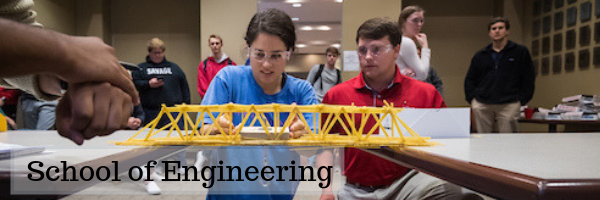
Faculty and Student Publications
Document Type
Article
Publication Date
5-1-2022
Abstract
Selective laser sintering (SLS) is one of the most commonly used methods in additive manufacturing, due to its high prototyping speed and applicability to various materials. In the present work, molecular dynamics (MD) simulations were performed to study the thermodynamic behaviors of the planar stacked nanoparticles (NPs) model and explore the potential capability of the SLS process with nano-sized metal powders in the zero-gravity space environment. A multi-particle model of titanium–aluminum (Ti–Al) core–shell NP with a particle radius of 50 Å was constructed to investigate the characteristics of the melted pattern during sintering. Two patterns with different spatial densities were considered to study the influence of particle stacking on the melting process. Various core volume fractions and heating rates were examined to investigate their effects on the quality of the final sintered product. The stacked-NPs models with core volume fractions (CVFs) of 3%, 12%, and 30% were linearly heated up to 1100 K from room temperature (298 K) with heating rates of 0.04, 0.2, 0.5, and 1.0 K ps−1. The initial fusion temperature and final sintering temperature for each stacking pattern were obtained via the validation from the radial distribution function, mean squared displacement, and the radius of the gyration analysis. The 30% CVF yields the largest neck size before the melting point, while beyond the melting point, a larger core helps delay the formation of the fully-melted products. It is observed that using the close-packed stacked-NPs model under a slow heating rate (long melting duration) would help form a stable, completely sintered product with a relatively low final sintering temperature.
Relational Format
journal article
Recommended Citation
Zhang, H., Su, Y.-C., Han, Y., & Jiang, S. (2022). Molecular dynamics study of melting behavior of planar stacked ti–al core–shell nanoparticles. Journal of Composites Science, 6(5), 126. https://doi.org/10.3390/jcs6050126
DOI
10.3390/jcs6050126
Accessibility Status
Searchable text

